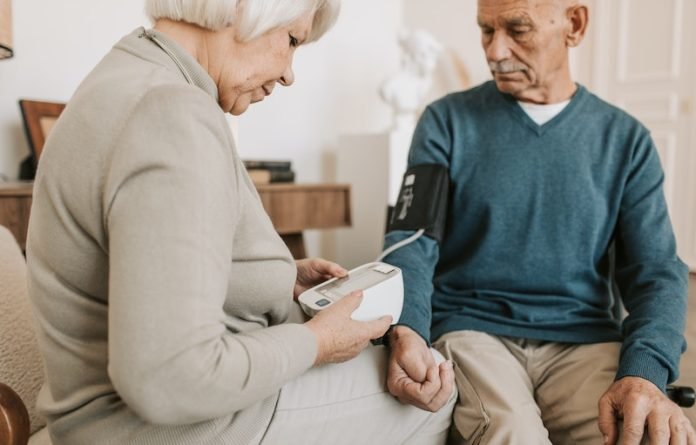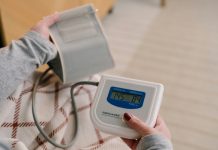
High blood pressure, or hypertension, affects nearly half of all adults in the United States, or about 116 million people.
When left uncontrolled, it can lead to serious health problems, including heart attack, stroke, and kidney disease.
Older adults are particularly vulnerable to the effects of hypertension, which is a leading cause of preventable death and an under-recognized contributor to premature disability.
Despite evidence demonstrating the strong benefits of good blood pressure control in older adults, a new study shows that fewer than 30% of older adults who need more intensive treatment for high blood pressure actually get it.
The problem may be worsening, and it’s a major public health gap that needs to be tackled, according to a team at Beth Israel Deaconess Medical Center.
The most recent hypertension care guidelines from the American College of Cardiology and American Heart Association define high blood pressure as a reading of 130 mmHg and higher for systolic blood pressure, or the “top” number of reading, and 80 and higher for the diastolic measurement, or “bottom” number.
The old definition was 140/90 and higher. The new definition means that more people are considered to have high blood pressure and require treatment.
For the new study, researchers looked at a decade of national data from a sampling of adults 60 and older who visited their primary care provider and had previously been diagnosed with high blood pressure.
The research team focused on which patients underwent “appropriate antihypertensive intensification,” defined as adding an anti-hypertensive drug to their care for high blood pressure.
Based on office blood pressure measurements, treatment intensification was warranted in as many as 7,404 primary care visits captured in the data from 2008 to 2018, representative of up to 293 million visits nationally.
Appropriate intensification of medicine over the study period never exceeded 27.5%.
That was according to the most liberal measure, the all-inclusive yardstick, for patients who hadn’t previously been taking drugs for high blood pressure.
By that same measure, just 15.3% of patients already on hypertension drugs had appropriate intensification.
Under all three of the published sets of targets, the percentage of patients receiving appropriate treatment intensification declined over the study period.
Most dramatically, appropriate treatment intensification decreased from nearly 25% of patients in 2008-2009 to about 15% in 2015-2018.
The team says doctors’ concerns that blood pressure-lowering drugs might cause older adults to fall, and patients’ reluctance to add more medications that might have more side effects.
It can be difficult for primary care providers to treat high blood pressure aggressively in a typical 15-minute visit.
Doctors are trying to control not just blood pressure, but cholesterol and diet and weight, and the documentation burdens have grown bigger as well.
Future studies are needed to learn which strategies will motivate doctors to better treat high blood pressure among older adults.
One strategy might involve “tweaking the medical record systems to automatically alert doctors to add a medication when a person’s blood pressure is above where we’d like it to be.”
If you care about blood pressure, please read studies about blood pressure number that can predict your dementia and stroke risk, and drinking coffee can keep high blood pressure at bay.
For more information about blood pressure, please see recent studies about new risk factor for high blood pressure, and results showing vitamin D could improve blood pressure in people with diabetes.
The study was conducted by Dr. Nicholas Chiu et al and published in the AHA journal Hypertension.
Copyright © 2023 Knowridge Science Report. All rights reserved.



